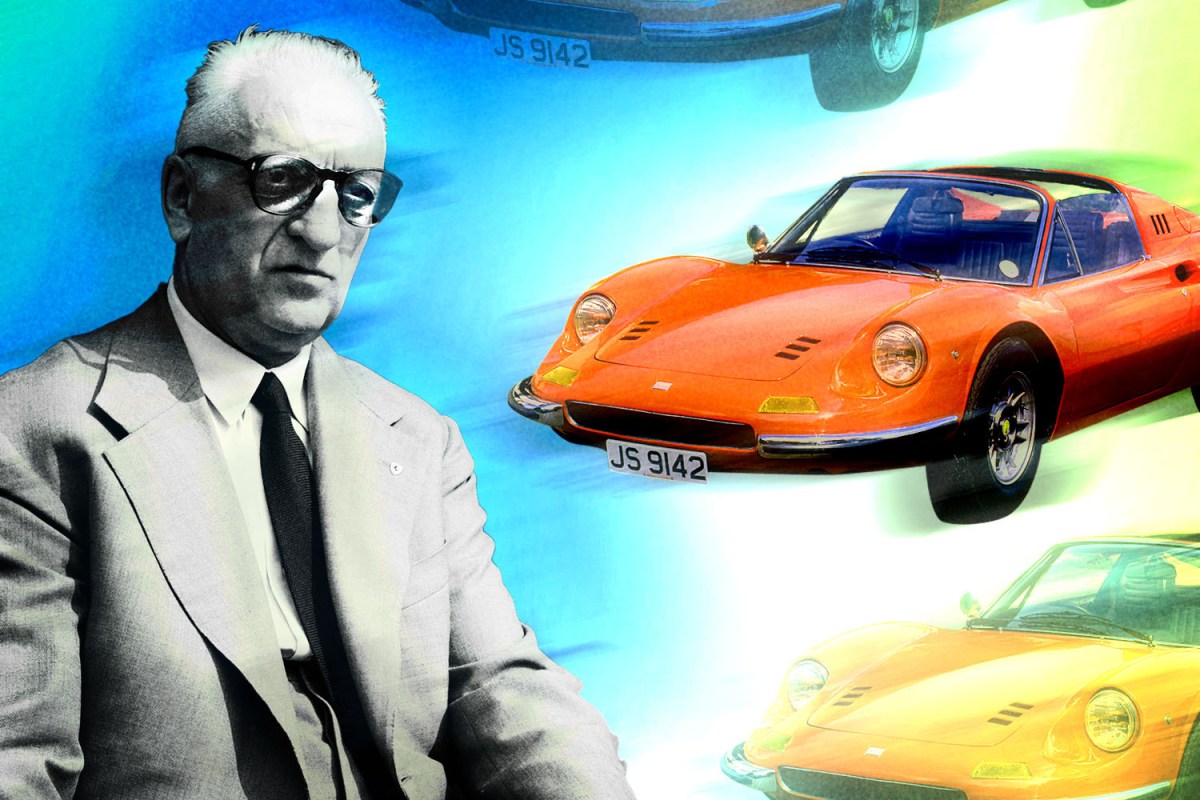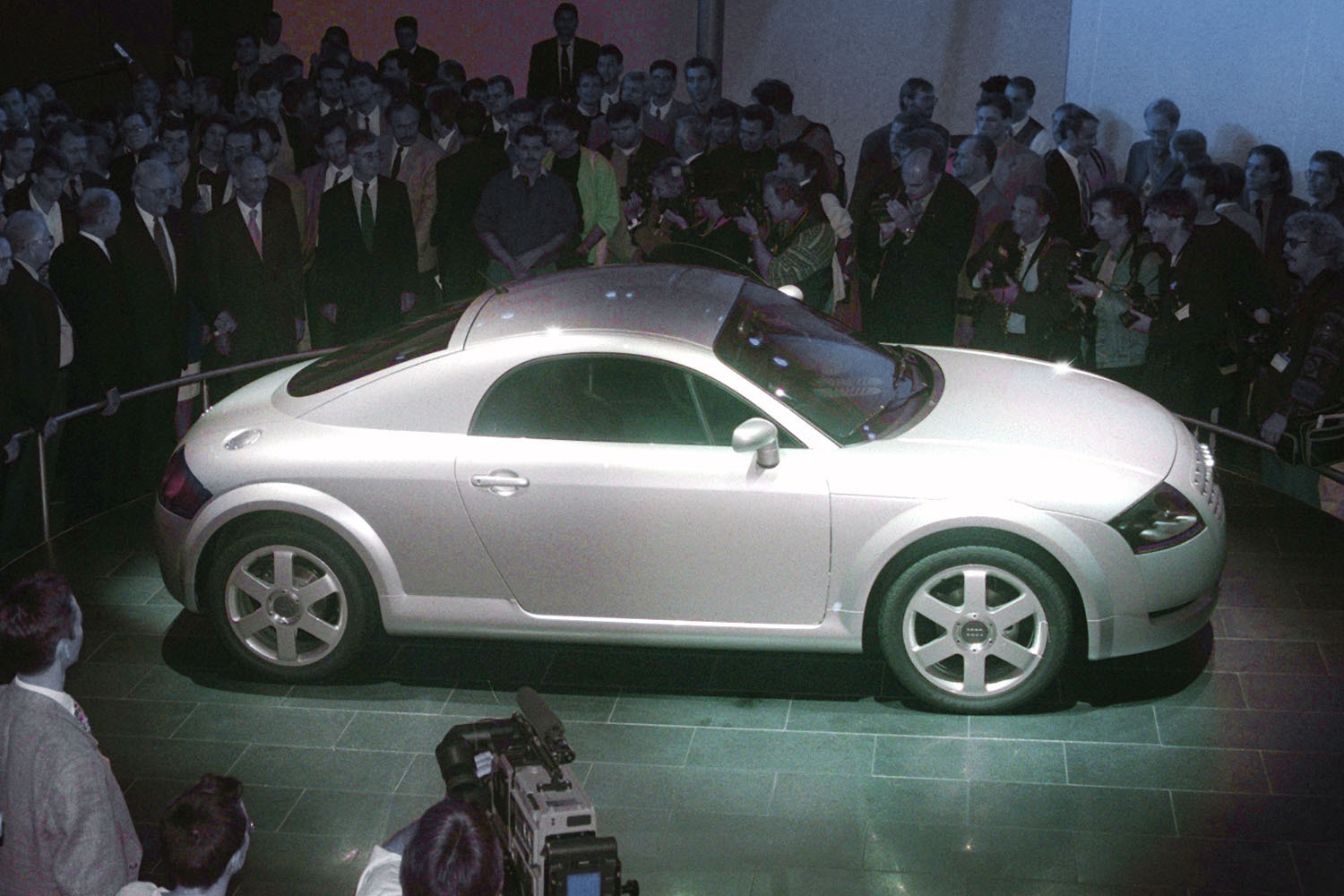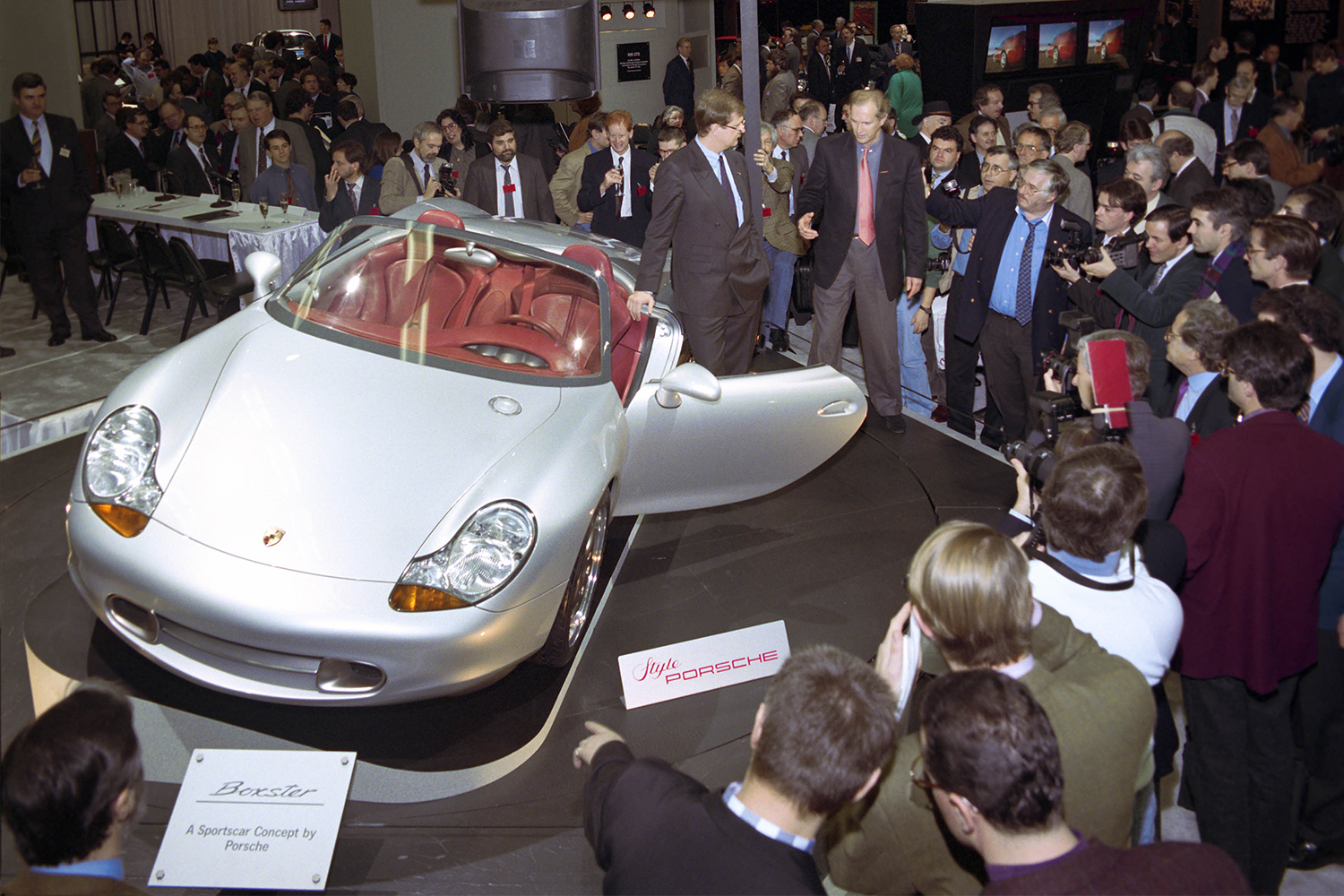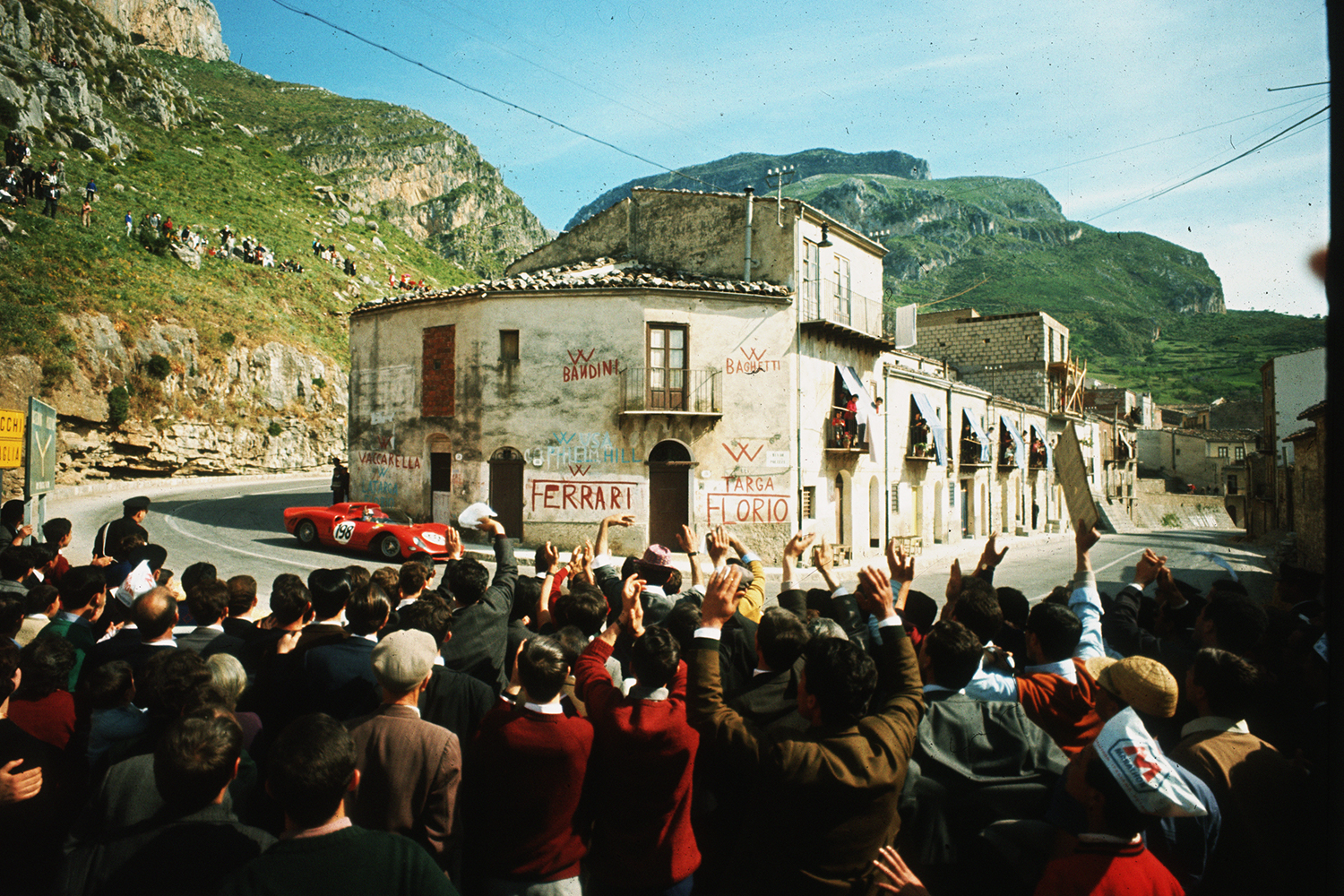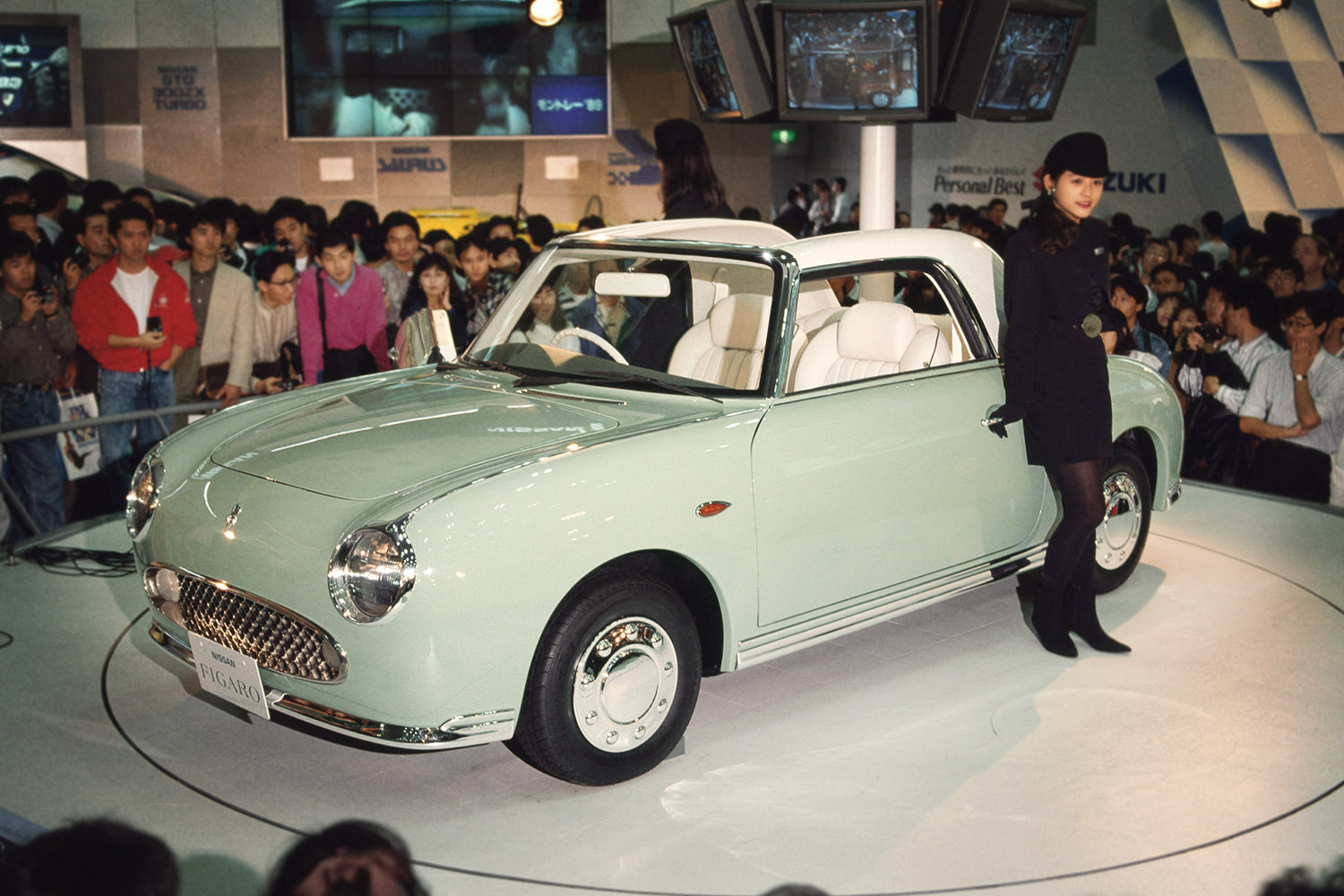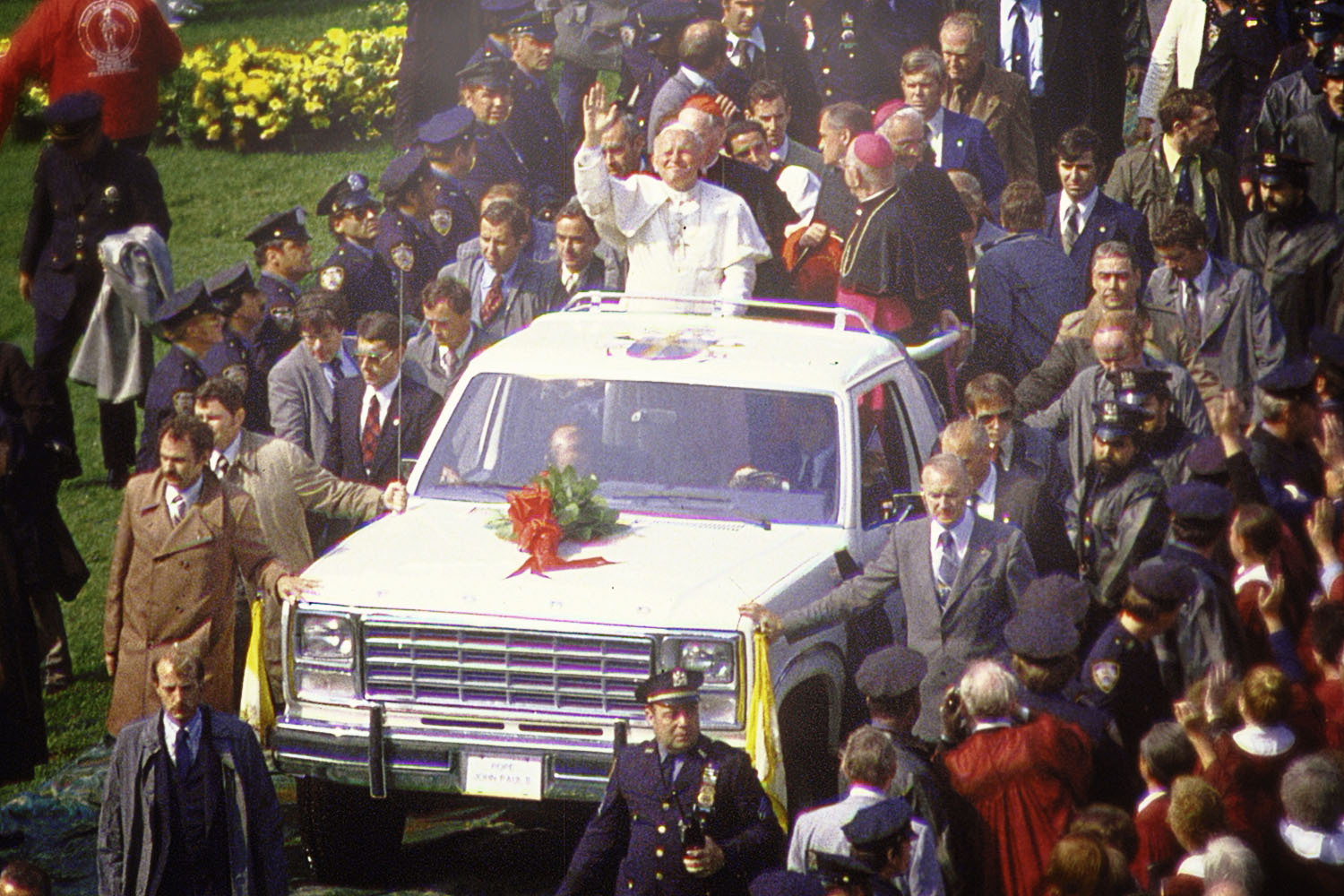Behind many family success stories lurks a tragedy. In the case of Ferrari, it was the death of a son.
After a slow decline, Enzo and Laura Dominica Garello’s son Alfredo (nicknamed “Alfredino,” or “Dino” for short) passed away from the effects of Duchenne muscular dystrophy in 1956 at just 24 years of age. The boy, whose birth pulled his father out from behind the wheel of a race car and pushed him fully into a management role at the Italian automotive concern, had worked as a Ferrari engineer for several years until his illness forced him into a hospital bed, ultimately ending a promising career and shattering the lives of his parents.
Alfredino’s father was determined that his son’s memory stay alive both at the company and in the racing world at large. Enzo Ferrari thus turned his attention to celebrating Dino’s life by focusing on the V6 motors that had been his son’s passion, a decision that eventually led to the development of the mid-engine street cars that would power the automaker through the next several decades.
Enzo’s V12 vs. Dino’s V6
Dino’s legacy at Ferrari had been his fascination with six-cylinder engines. They delivered lower output than his father’s trademark V12 designs, but also offered advantages when it came to both weight and packaging. Although he had a strong hand in designing the more traditional 750 Monza race car of 1954, it was the conversations he had with Ferrari engineer Vittorio Jano — a recent import from Lancia’s motorsports program — that would leave a more lasting mark on the company.
Jano was himself a fan of V6s, and during heart-to-hearts with Dino sketched out a new series of motors for Ferrari racers that drew heavily from the younger Ferrari’s passion for small-displacement F2 racing (which required engines be no larger than 1.5-liters). Although he wouldn’t live to see its production, the first-ever Ferrari V6 stemmed directly from his suggestions, executed by Jano and named the “Dino” by Enzo in memory of his son.
The 65-degree, dual-overhead camshaft V6 arrived under the bodywork of Ferrari’s 1957 Dino 156 F2 entry. After posting respectable finishes in its first season of competition it underwent a series of upgrades that saw it become the first V6 car to win a Formula 1 race (at the 1958 French Grand Prix). The Dino motor’s variants flourished, continuing to find a spot in the garage at F1 and F2 events across the continent well into the 1960s, as well as motivating a number of sports car racers and prototypes.
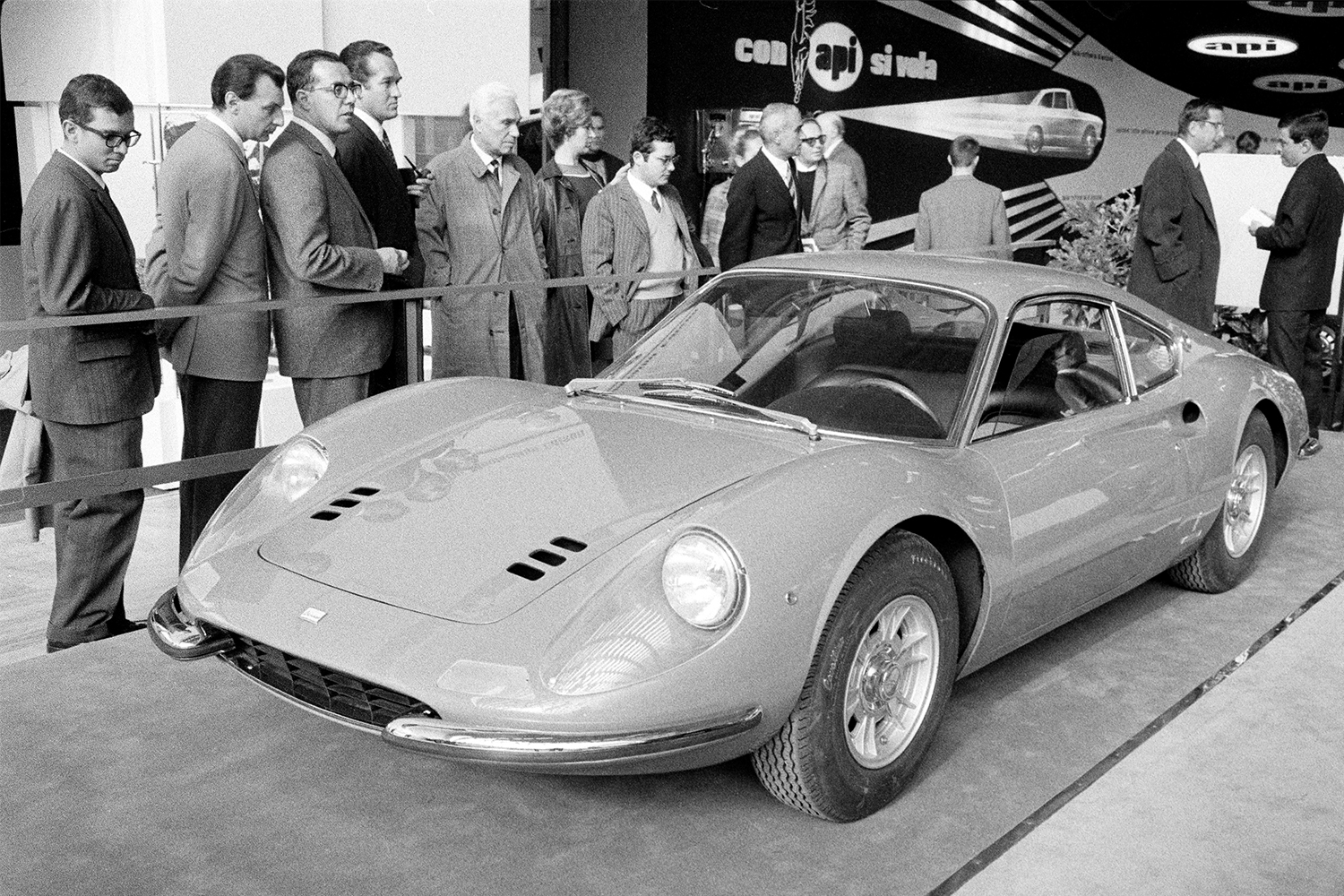
An Affordable Ferrari*
By the late 1960s, Ferrari was facing two specific pain points when it came to marketing the street-legal cars whose sales funded its racing efforts. The first was the emergence of the Lamborghini Miura, a direct rival that dared to position its V12 engine between the driver and the rear axle (imitating the current weight balance vogue in motorsports). Enzo had long resisted transitioning Ferrari’s mid-mounted racing platforms to the showroom, as he didn’t believe that mere mortals could keep such potent machinery under control.
At the same time, the brand’s high pricing had locked it out of the lucrative entry-level sports car market that was currently being plundered by upstarts like Porsche (with the 911) and a slew of British contenders (some shed-built, others more elegantly manufactured).
Jano’s V6 engine appeared to provide a solution to both of these issues. By installing a modestly tuned version of this motor amidships, Ferrari could allay his own fears about overpowering customer capabilities out on the road. At the same time, it enabled the company to create a sub-brand that could tackle the more affordable sports car segment without tarnishing its top-level offerings.
The name given to the new cars? Dino, of course.
Almost a Ferrari
The initial offering — the 1967 Dino 206 GT — married a body from design house Pininfarina (that had been well-received on the show car circuit the year before) with Vittorio Jano’s successful V6 engine. Featuring sugar-scoop headlight buckets, swooping front fenders and a gracefully sloping roofline, the 206 GT was equipped with a 180-horsepower version of the Dino 2.0-liter V6. Carved out of aluminum, the engine wasn’t just the first V6 production model from Ferrari, but it also debuted rack-and-pinion steering along with electronic ignition.
The Dino’s displacement grew to 2.4 liters by 1969 (in the 246 GT and GTS), giving it just over 190 horsepower, and Pininfarina chopped off the roof to give it a targa-like “Spyder” body style during the same period. The top speed for the mightier model was rated at just under 150 mph. Far more 246s were sold compared to the original 206 (roughly 3,500 examples, versus 152 versions of the original), and as volumes climbed Ferrari cut costs by moving from an aluminum body to a steel carapace (as well as an iron engine block for the V6’s aluminum head).
The Dino engine was also available under the hood of the Fiat Dino, a traditional front-engine sports coupe and convertible built during roughly the same time (1966-1973) in order to provide enough sales volume to meet Formula 2 regulations.
Death and Rebirth
By 1974, it was clear that the Dino strategy was only a moderate success for Ferrari. Lower prices, combined with equally modest sales figures, made it difficult to squeeze much profit from the line of cars whose original $13,000 price tag — while double or triple that of a muscle car of the mid-1960s — was well below what the company was used to asking.
At the same time, the energy shocks of the early 1970s were beginning to catch up with the high-performance crowd, making the Dino (which lacked Ferrari’s brand recognition and prestige) a harder sell. It wasn’t long before 246s and 206s had fallen out of favor with the brand’s wealthy customers, scuttling plans to expand the Dino family to include the four-seat 308 GT4 (which introduced the automaker’s first V8 engine). When that car arrived in 1974, it did so with a prancing horse badge on the hood. While the Dino branding experiment was over, mid-engine V8 Ferraris became the brand’s bread and butter, serving as its strongest sellers all the way to today.
At the time there was much debate among sports car fans as to whether the Dino was truly a Ferrari, but from a modern perspective that’s no longer an issue. The 206 and the 246 are both seen as a legitimate part of the company’s heritage (with auction prices to prove it), and, just as Enzo intended when he poured his grief over the loss of his son into sheet metal and snarling pistons, have become true members of the Ferrari family.
This article was featured in the InsideHook newsletter. Sign up now.
